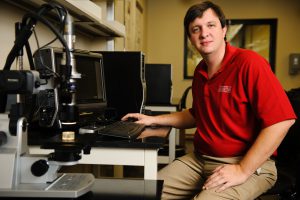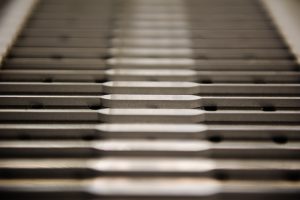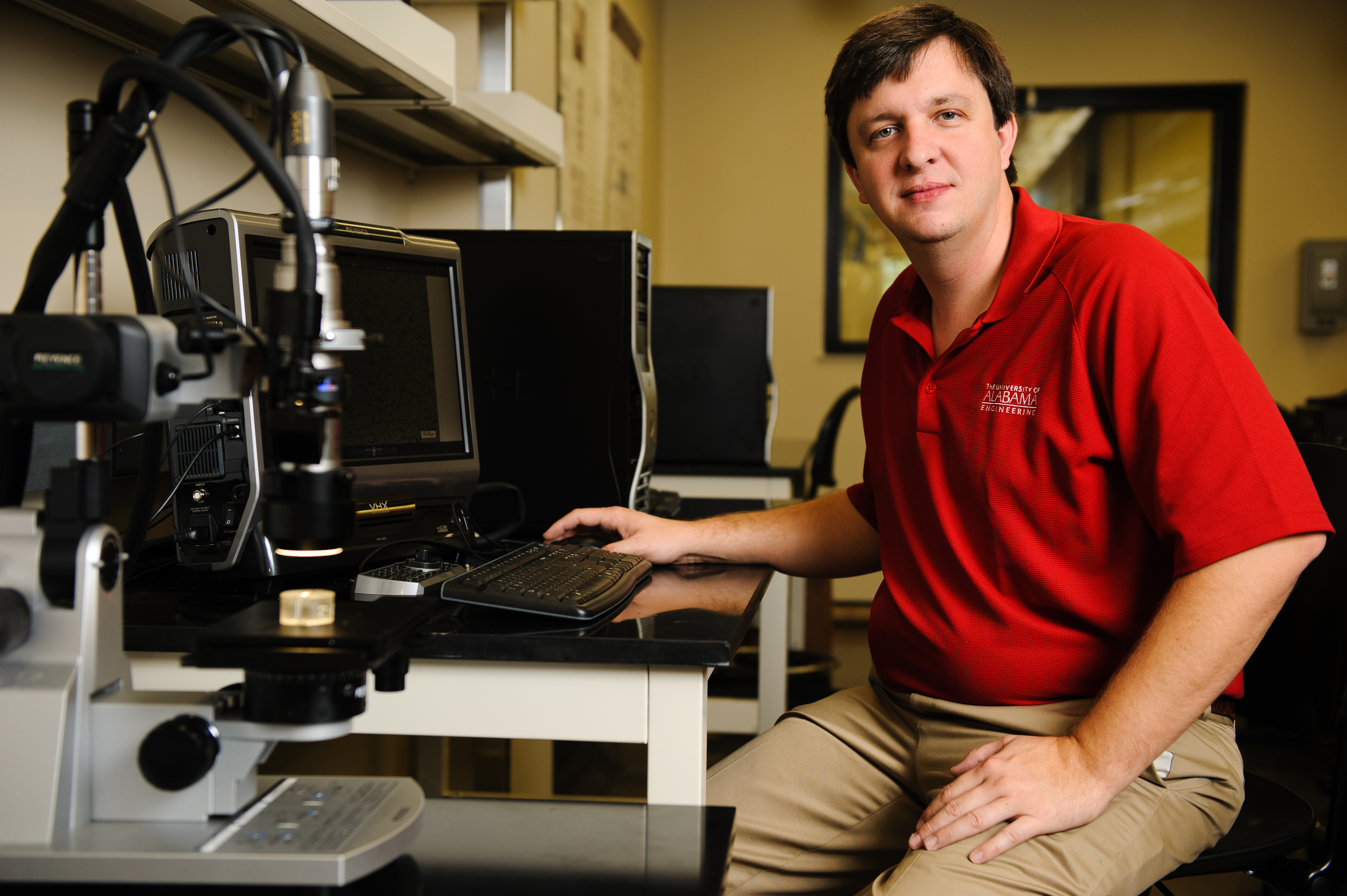By Judah Martin
Photos by Matthew Wood

In the few decades between the two world wars, the United States Army Corp of Engineers made groundbreaking innovations in incorporating aircraft technology into overseas combat.
When the U.S. Army purchased the Wright Model A aircraft in 1909, almost a decade before its entry into World War I, scouts, fighters, bombers and artillery observers soon were among the first specialized Army personnel to make use of the new technology.
As aircraft became increasingly more sophisticated and more necessary in modern warfare, the need for safer, more organized landing techniques was apparent.
Prior to World War II, the Army developed portable airfield matting, a series of steel mats that fit together like puzzle pieces to form a temporary, portable airfield runway.
Each steel mat weighed about 150 pounds, and soldiers shouldered the heavy load, piecing together mats for runways typically stretching more than two miles.
A half century later, the task remains daunting. So, Dr. Brian Jordon, an assistant professor of mechanical engineering at The University of Alabama, accepted a research contract with the Engineering and Research Development Center of the Army Corps of Engineers to develop an updated version of the mats.
Along with his UA colleagues Drs. Yuebin Guo, professor of mechanical engineering, and Laurentiu Nastac, associate professor in metallurgical and materials engineering, Jordon is working to reduce 20-30 percent of the mat’s weight by using innovative metallic material and high-strength aluminum alloys with advance joining techniques.

To do this, Jordon and his team of graduate and undergraduate researchers have opted to abandon, at least in part, the traditional materials and welding methods used in construction of the mats. With the original welding techniques, two materials of identical composition are essentially melted together, eliminating the possibility of combining separate alloys.
Jordon will use a relatively new technique called friction-stir welding, the same form of welding commonly used by NASA, in which two dissimilar alloys can be mixed together to create a stronger, lighter material.
“Basically, with friction stir welding, you’re plastically deforming [the metal,]” Jordon says.
The most significant contributor to the mat’s function is its shape. Each mat is defined by a series of open, multi-hollow extrusions that provide structural strength for the mat while reducing its weight. Because these multi-hollow extrusions can’t be made with high strength aluminum alloys, Jordon is not redesigning the entire mat, rather his research seeks to highlight the weakest areas of the original mat’s design and replace those with the new, higher-quality material.
The team is conducting material characterization tests, highlighting the areas of the mat that fail and exploring alternative solutions for mending these areas.
“We’re still several years away from making a physical mat,” Jordon says. “Once we understand how the material behaves, we can import that data into our engineering model, which can be used with finite element analysis to determine its weak locations.”
